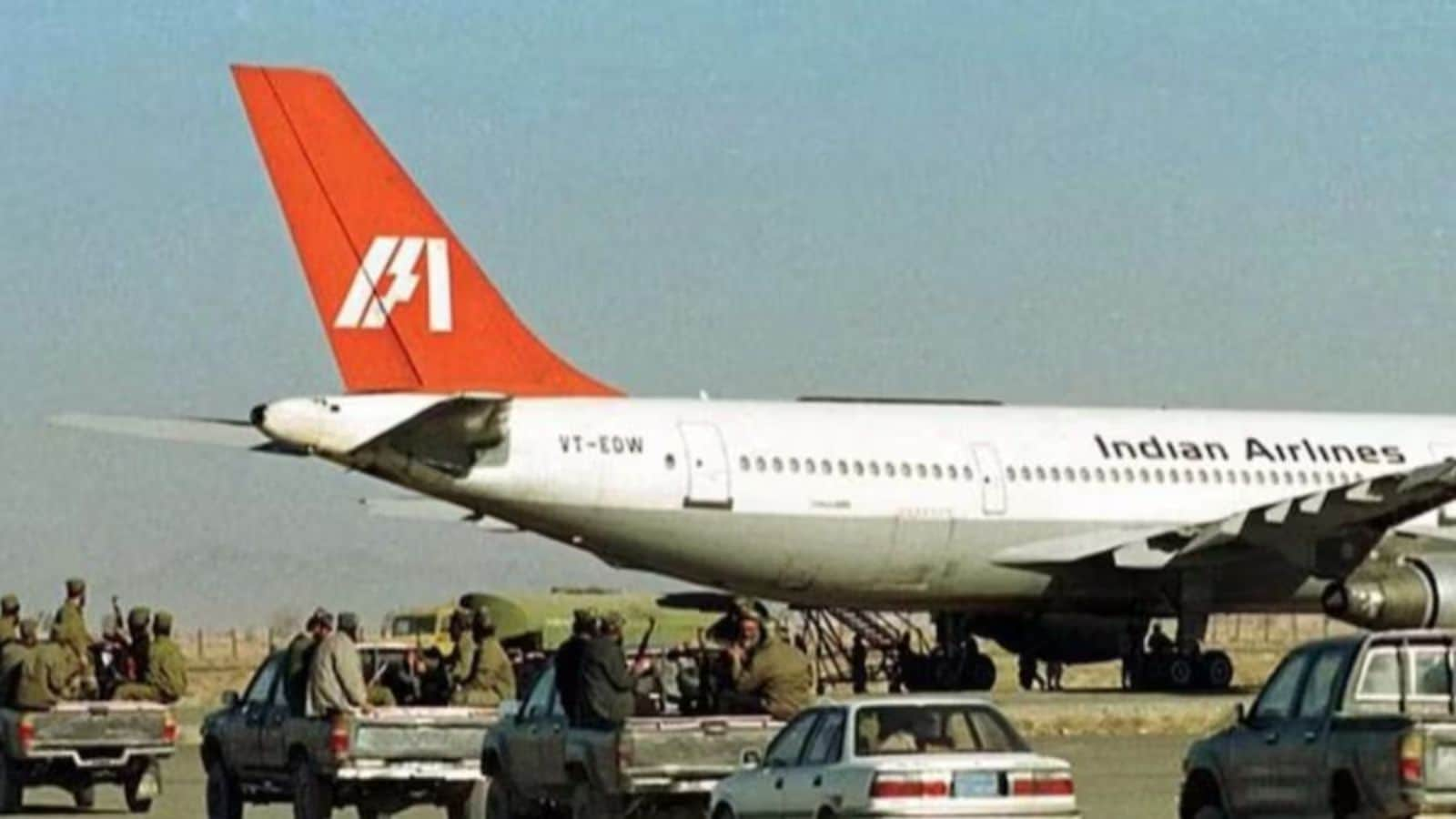The Elusiveness of Victory in Modern Warfare: An In-Depth Analysis

In the words of General James Mattis, No war is over until the enemy says its over. We may think it over, but in fact, the enemy gets a vote. This statement encapsulates the complexities surrounding military conflicts throughout history, where the goal has often been to achieve decisive and conclusive victories. Yet, in the contemporary landscape of warfare, outright military triumphs have become increasingly elusive due to a myriad of strategic, political, economic, and technological factors.
One of the most prominent challenges to achieving decisive outcomes in warfare is the presence of nuclear deterrence and the implementation of strategic containment policies. Despite the fact that nuclear weapons have not been employed since August 1945, their overarching implications profoundly influence military decision-making and the thresholds for escalation. For instance, Israel's suspected nuclear capabilities act as a formidable deterrent against large-scale regional conflict, ensuring that military confrontations remain confined to conventional engagements. In contrast, Russia has hinted at the potential use of its nuclear arsenal in its ongoing conflict with Ukraine. Additionally, major global powers impose strict constraints designed to prevent escalation beyond manageable limits, which ultimately curtails the ability of warring factions to achieve total military dominance.
The evolution of international humanitarian law, particularly through frameworks such as the Geneva Conventions and various United Nations resolutions, has also significantly transformed the nature of warfare. These laws have placed crucial constraints on military operations. As military strategist Edward Luttwak pointed out, Wars used to begin and end. Since the UN arrived, with the fiction of collective responsibility... this changed. Luttwak argues that this so-called fiction results in imposed ceasefires that do not lead to lasting peace. Historically, wars were concluded through decisive victories that forced a return to a state of peace. However, in modern contexts, wars are frequently interrupted by ceasefires that do not culminate in negotiated settlements, leading to ongoing, unresolved conflicts.
In the past, decisive military victories were often achieved through sheer domination, sometimes marked by massacres, forced displacements, or extensive destruction. Today, however, the presence of international humanitarian norms, bolstered by vigilant human rights organizations, renders such tactics unacceptable. Take, for example, the IsraelHamas conflict, where Israel faces intense scrutiny regarding its military operations in Gaza, while Hamas is condemned for its indiscriminate attacks targeting civilians. The moral imperatives imposed by the global community hinder either party from employing overwhelming force, reminiscent of historical conflicts such as the Roman destruction of Carthage. Consequently, modern military campaigns tend to focus on strategic, limited operations rather than the complete annihilation of adversaries.
Financial considerations also play a crucial role in contemporary warfare, as the immense costs associated with advanced weaponry, missile defense systems, intelligence infrastructure, and medical support for troops render prolonged conflicts increasingly unsustainable. For instance, Israels Iron Dome missile defense system, which has proven highly effective, incurs steep operational costs, with each interception costing tens of thousands of dollars. The exorbitant expenses associated with maintaining protracted hostilities often lead to strategic stalemates rather than conclusive military victories.
The rise of digital media and the immediacy of real-time news coverage have fundamentally reshaped how wars are conducted and perceived. Unlike in previous conflicts where military leaders could execute strategies with a degree of opacity, modern warfare unfolds under the watchful eye of a global audience. Vivid depictions of civilian casualties, destroyed infrastructure, and humanitarian crises evoke strong public reactions, which in turn shape diplomatic responses and influence both domestic and international policies. In both the IsraelHamas conflict and the ongoing Russian offensive in Ukraine, media narratives are pivotal in mobilizing global opinion, often leading to calls for ceasefires and negotiations instead of allowing one side to secure a decisive victory.
Furthermore, the emergence of cyber warfare and disinformation campaigns introduces a new dimension of complexity to modern conflicts. Both state and non-state actors leverage digital platforms to manipulate perceptions and influence strategic outcomes, complicating traditional military engagements.
Another significant challenge in achieving clear military victories is the evolution of asymmetric warfare. In this paradigm, state actors often confront non-state groups operating within civilian populations. Traditional military doctrines, which were primarily designed for conventional state-on-state confrontations, frequently struggle to counteract guerrilla tactics, decentralized command structures, and the intricacies of urban warfare. Take Hamas as a case study; the organization employs a network of tunnels, utilizes human shields, and launches improvised rocket systems to counter Israels technological advantages. This asymmetry complicates the achievement of clear-cut military victories, compelling conventional forces to navigate complex operational environments while remaining compliant with humanitarian constraints.
As warfare continues to evolve, military strategists and policymakers are tasked with navigating these multifaceted challenges. They must recognize that in the modern geopolitical landscape, absolute victories are often unattainable, prompting a reevaluation of strategies used in military engagements around the world.




























